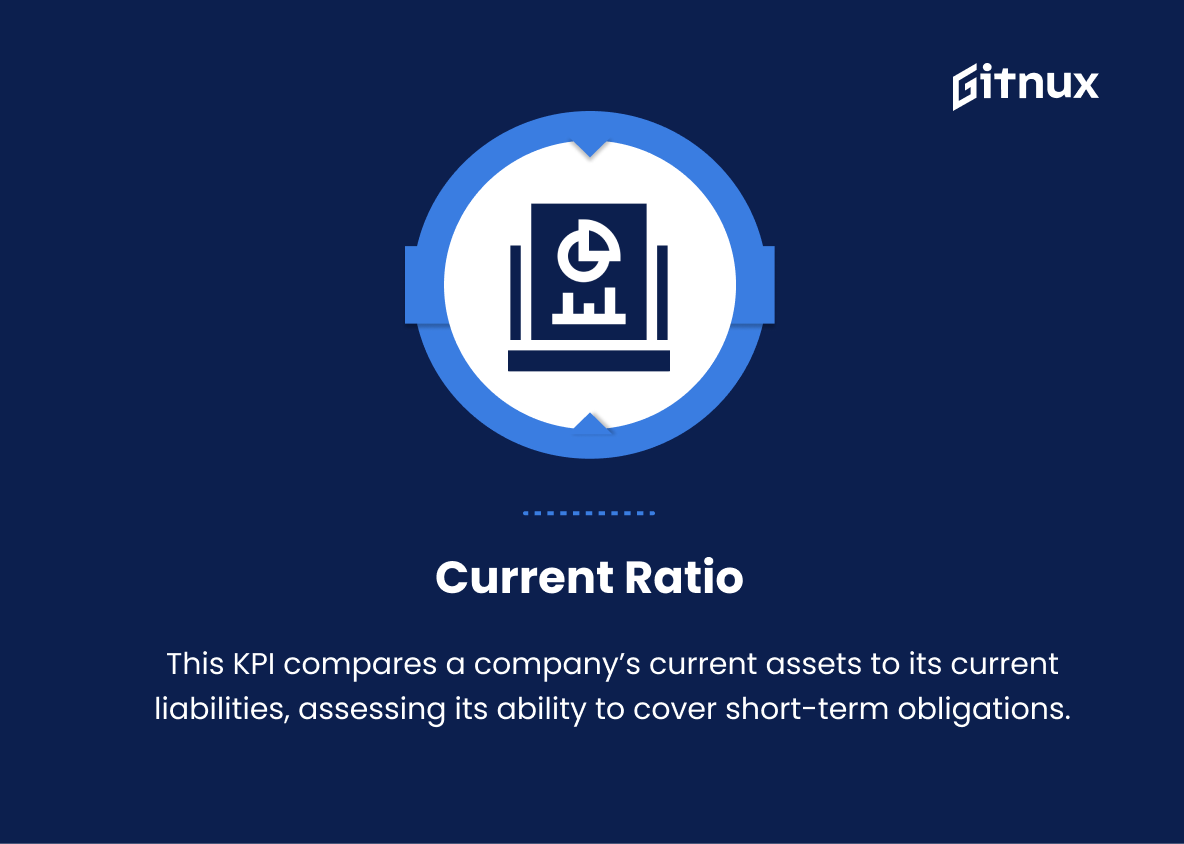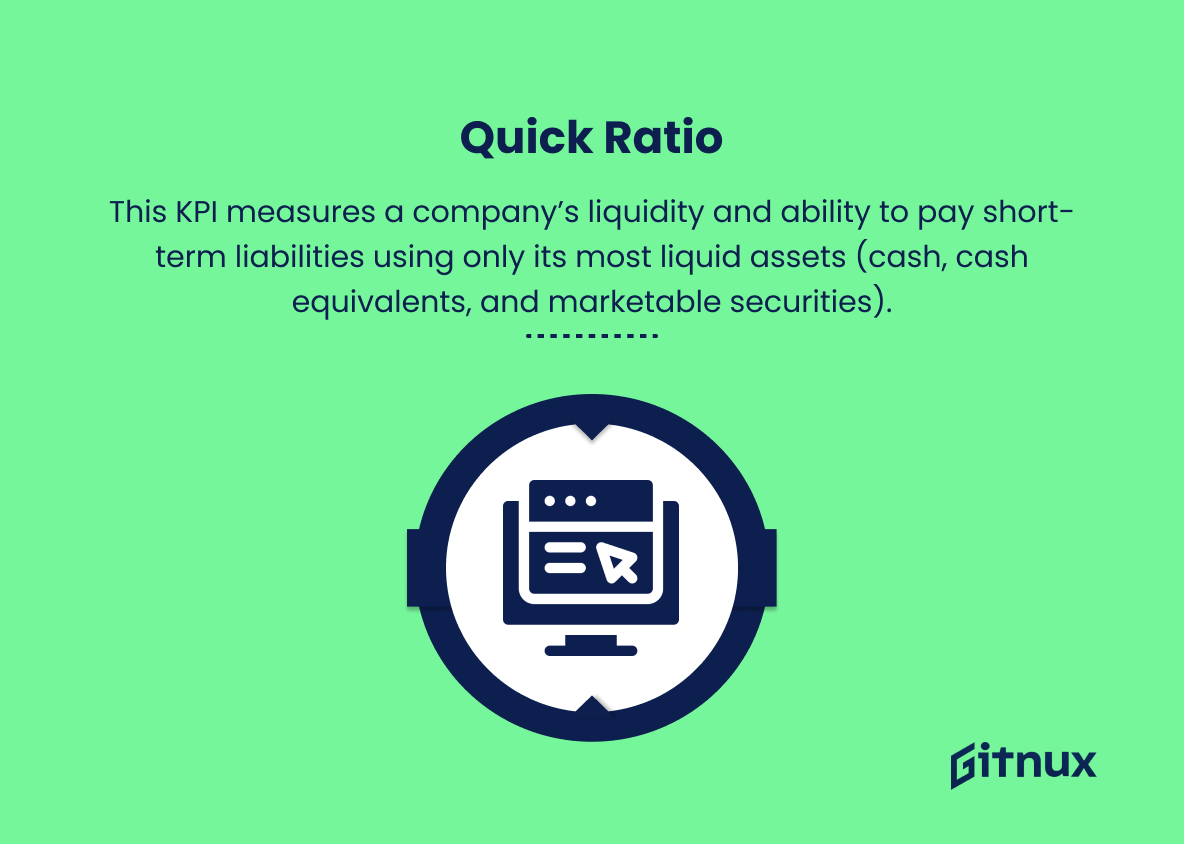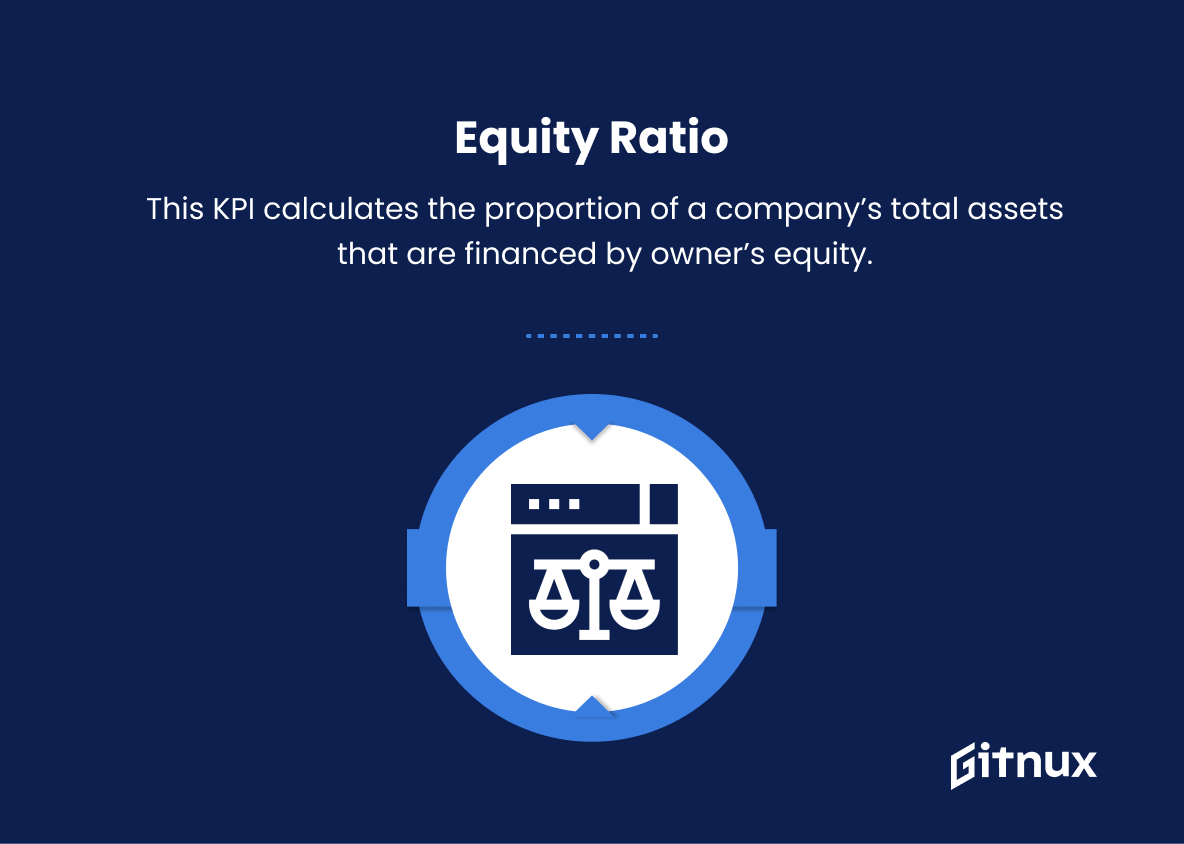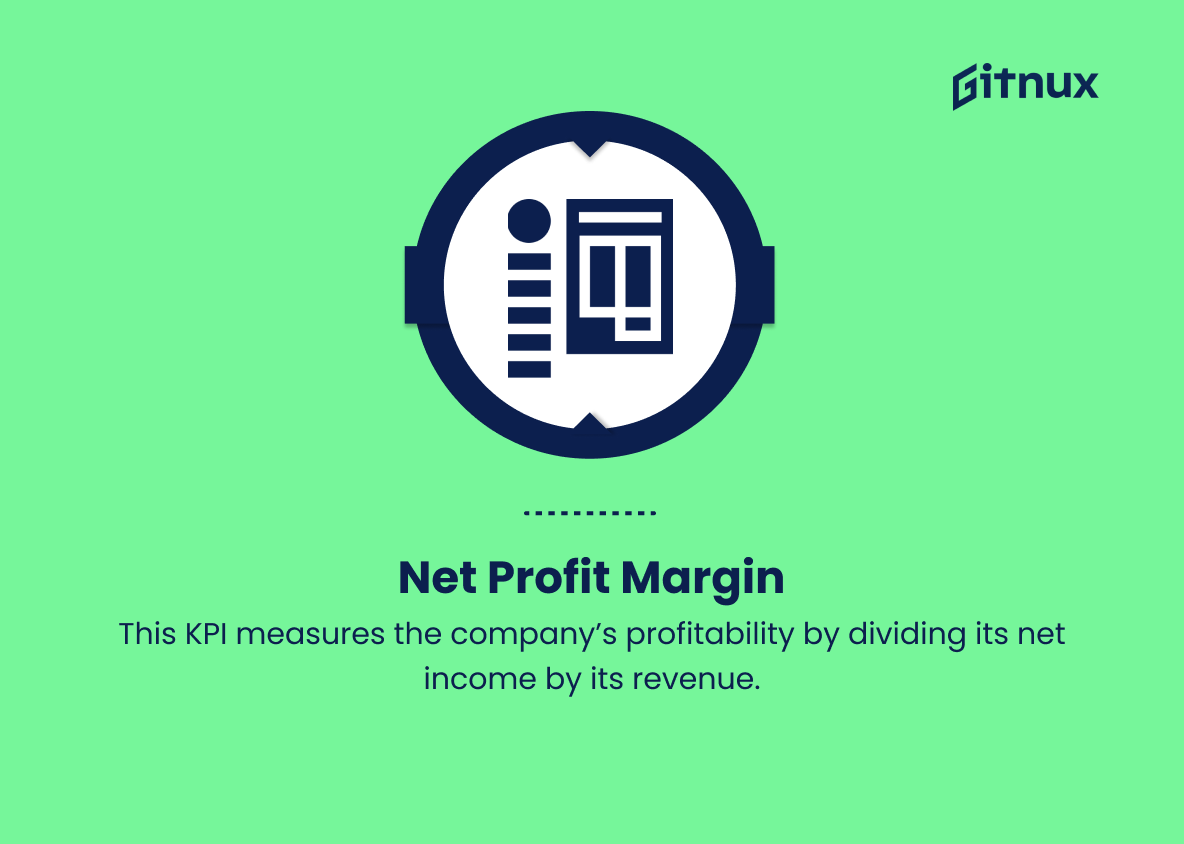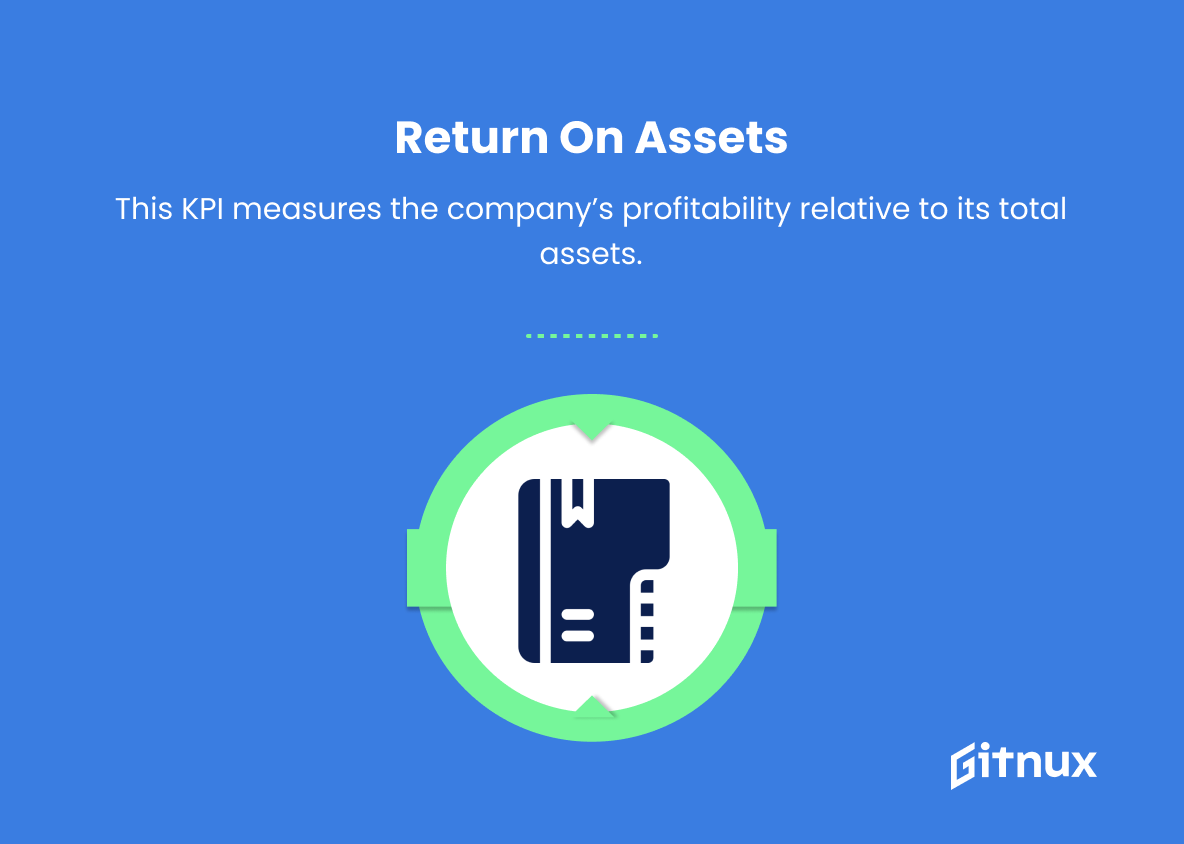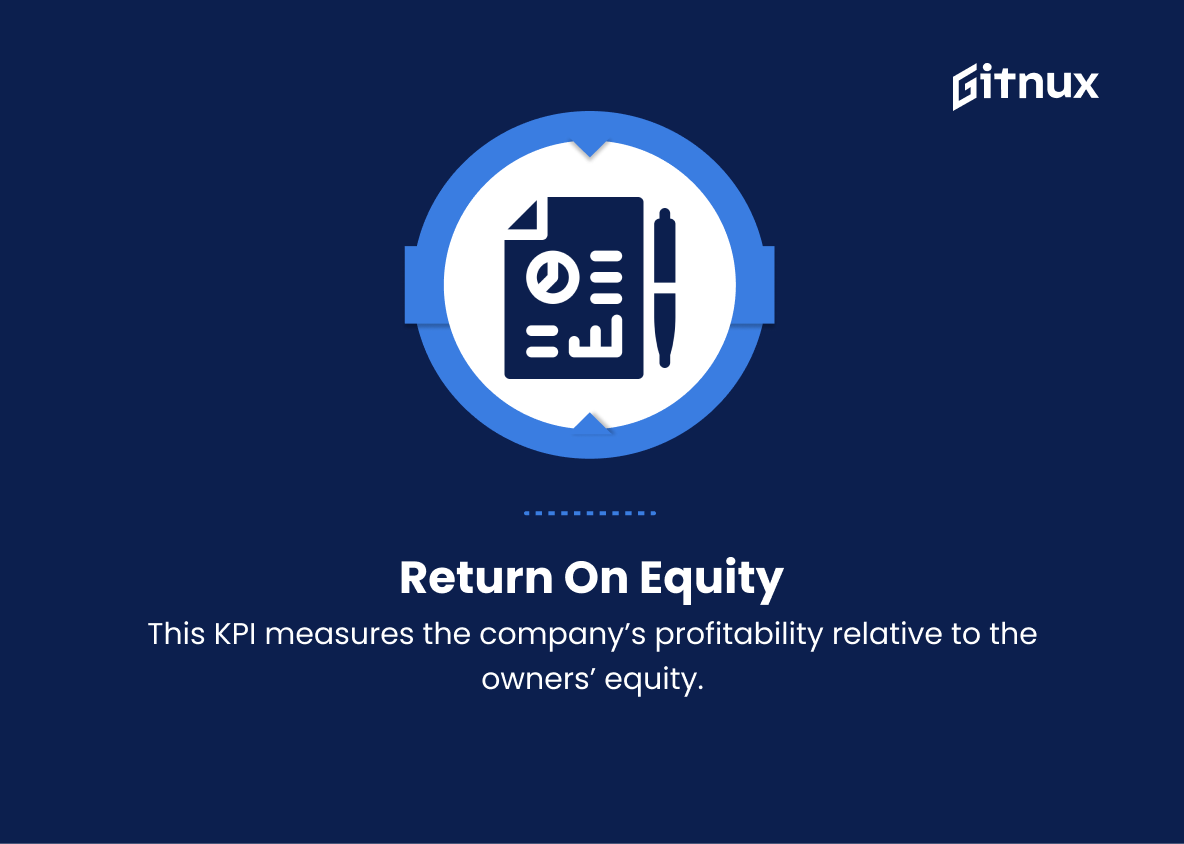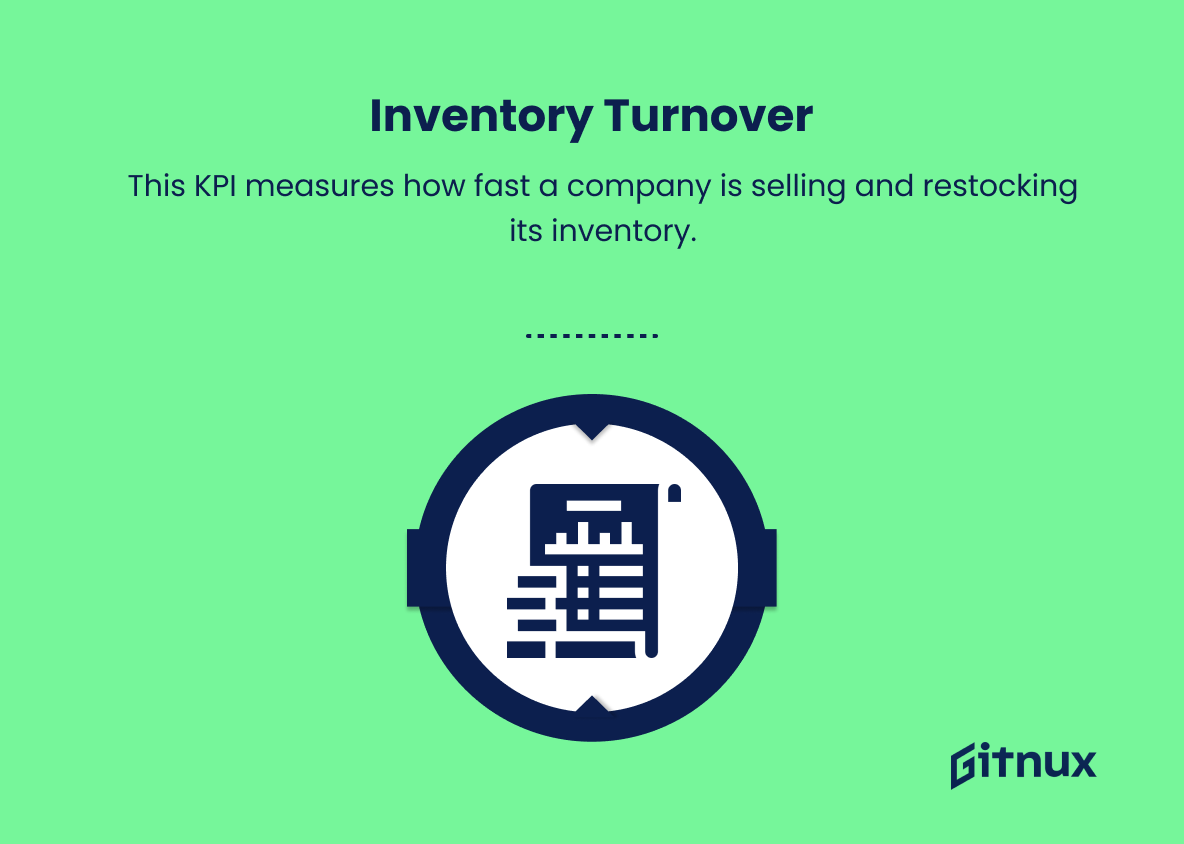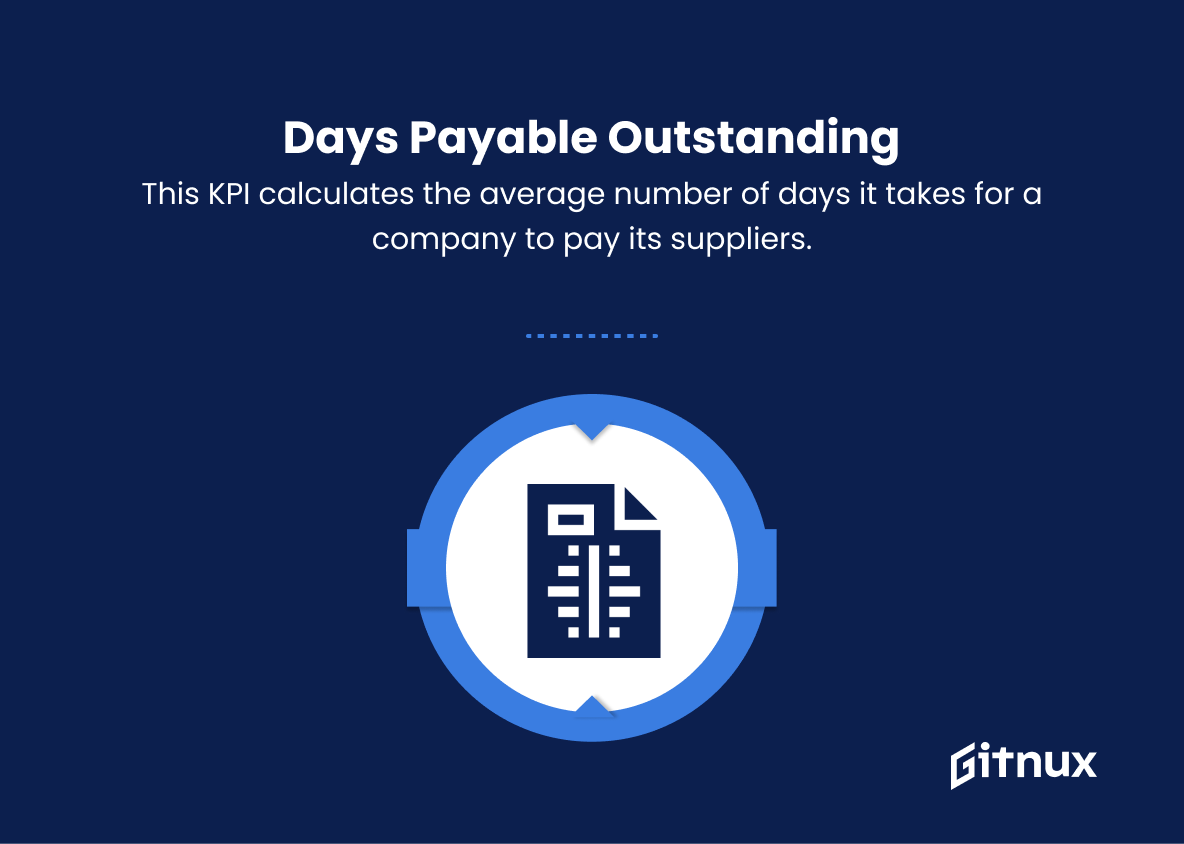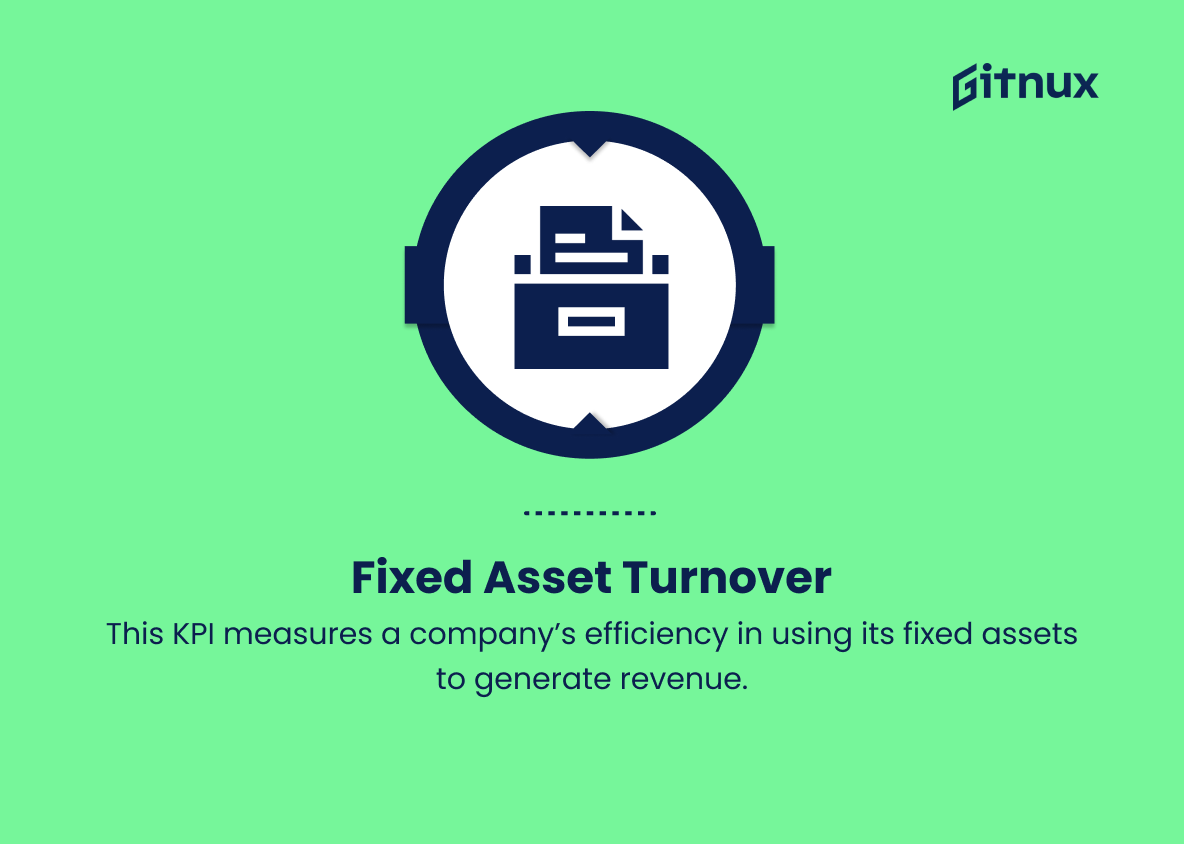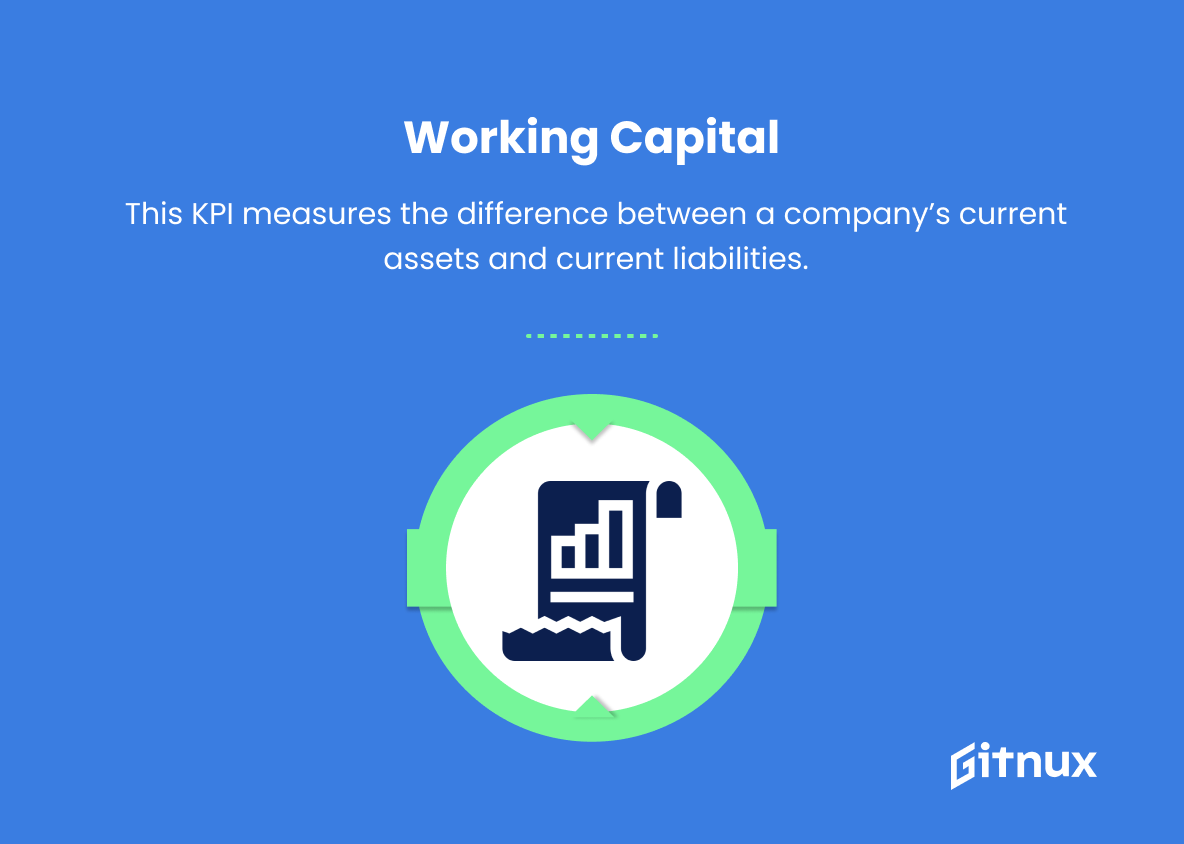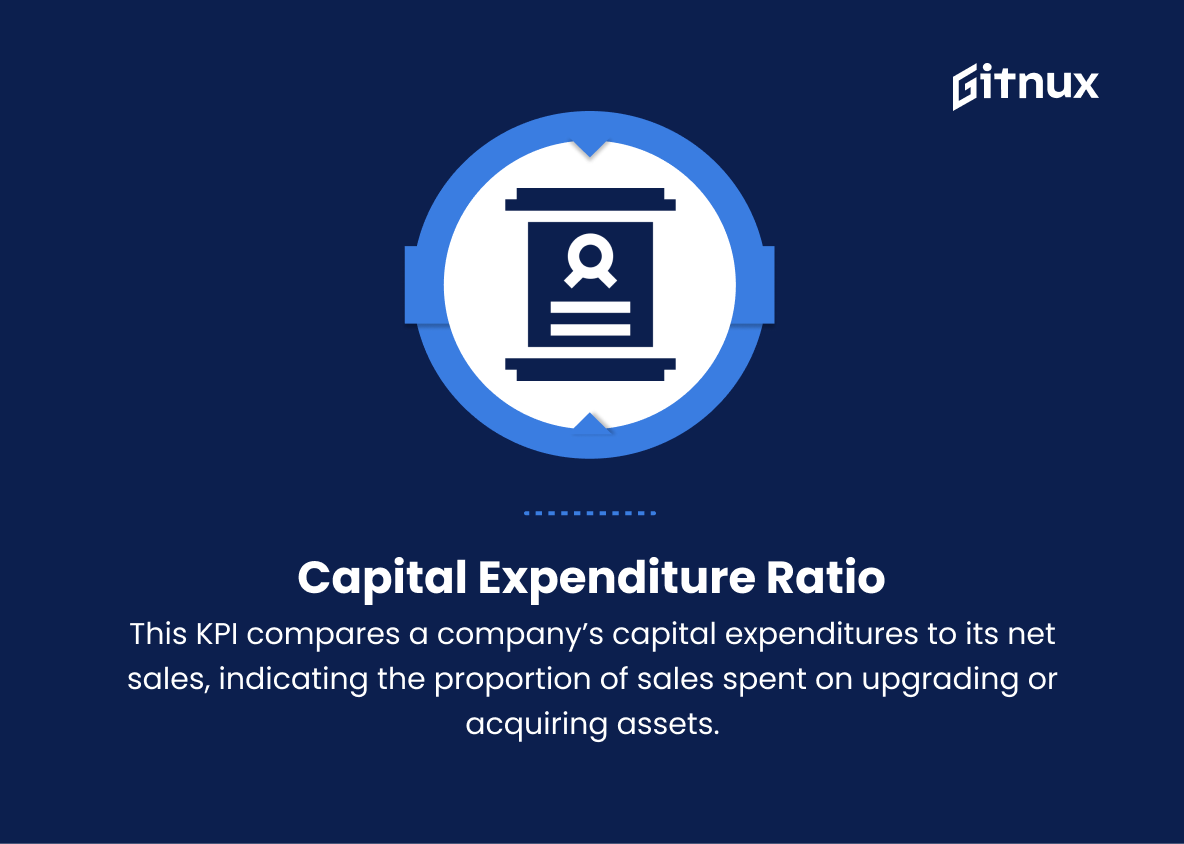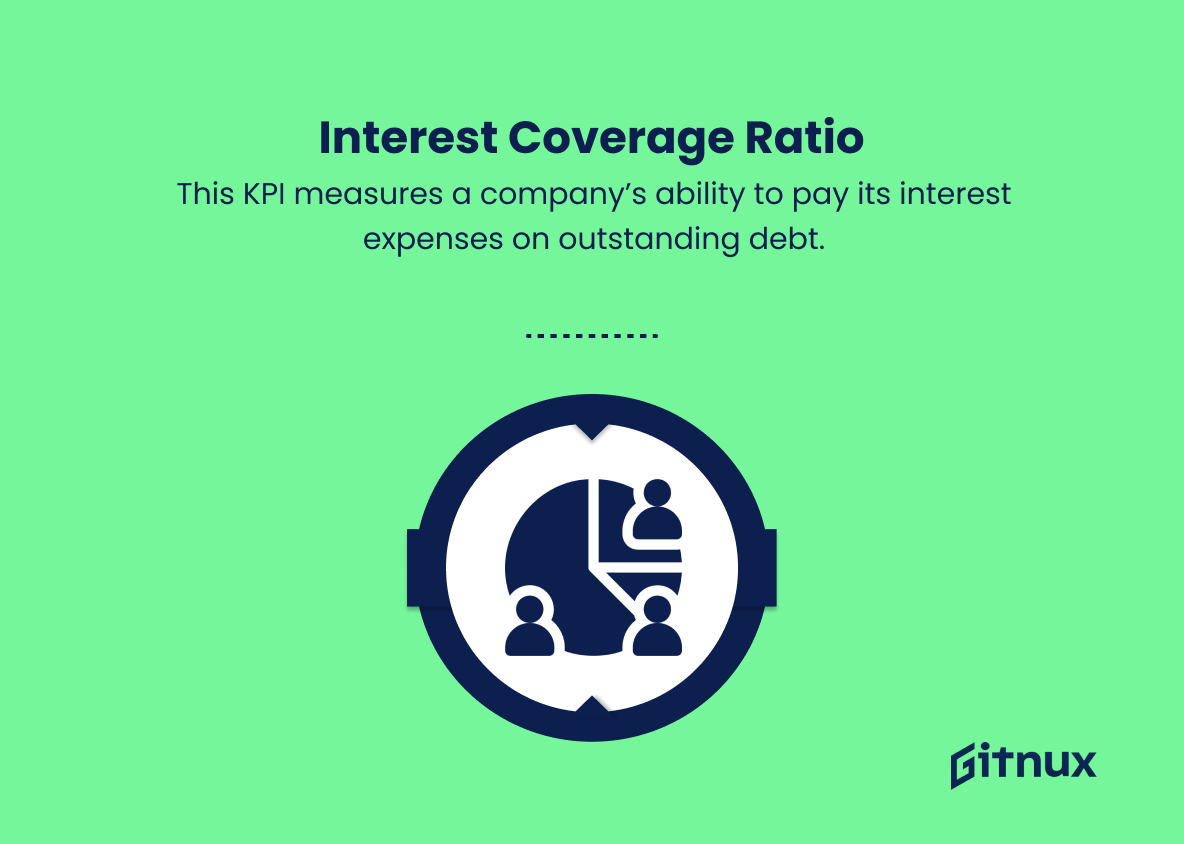In today’s highly competitive and data-driven business environment, understanding and effectively managing your company’s financial health is crucial for sustained growth and success. One of the most critical and insightful tools in this process is the balance sheet. A balance sheet provides a snapshot of a company’s financial position at a specific point in time, enabling stakeholders to assess its overall health, risk factors, and growth potential. However, merely glancing at the raw data is not enough to gauge the true picture.
Enter the world of Balance Sheet Key Performance Indicators (KPIs). In this blog post, we will delve into the vital role KPIs play in financial analysis, discuss the most critical balance sheet KPIs every business leader should be aware of, and explore strategies to optimize your company’s financial performance. So buckle up and let’s navigate the complex yet rewarding world of balance sheet KPIs.
Balance Sheet KPIs You Should Know
1. Current Ratio
This KPI compares a company’s current assets to its current liabilities, assessing its ability to cover short-term obligations. A ratio above 1 indicates that the company has sufficient assets to pay its short-term debts.
2. Quick Ratio (Acid-Test Ratio)
This KPI measures a company’s liquidity and ability to pay short-term liabilities using only its most liquid assets (cash, cash equivalents, and marketable securities). A higher ratio indicates a better financial position.
3. Debt-to-Equity Ratio
This KPI compares a company’s total debt to its shareholders’ equity, measuring the proportion of debt used to finance the company’s assets. A lower ratio indicates lower financial risk for the company.
In today’s highly competitive and data-driven business environment, understanding and effectively managing your company’s financial health is crucial for sustained growth and success.4. Equity Ratio
This KPI calculates the proportion of a company’s total assets that are financed by owner’s equity. A higher equity ratio indicates that the company relies less on borrowed funds and is generally considered to be financially stable.
5. Net Profit Margin
This KPI measures the company’s profitability by dividing its net income by its revenue. A higher net profit margin indicates the company is more efficient at converting its revenue into actual profit.
6. Return on Assets (ROA)
This KPI measures the company’s profitability relative to its total assets. It calculates how effectively the company is using its assets to generate profits. A higher ROA indicates better asset utilization.
7. Return on Equity (ROE)
This KPI measures the company’s profitability relative to the owners’ equity. It calculates how effectively the company is using shareholder investments to generate profits. A higher ROE indicates better equity utilization.
8. Inventory Turnover
This KPI measures how fast a company is selling and restocking its inventory. A higher inventory turnover implies better inventory management and faster sales.
9. Days Sales Outstanding (DSO)
This KPI calculates the average number of days it takes for a company to collect payment after a sale. A lower DSO indicates that the company is efficient in getting paid by its customers.
10. Days Payable Outstanding (DPO)
This KPI calculates the average number of days it takes for a company to pay its suppliers. A lower DPO indicates that the company is efficient in managing its supplier payments.
11. Fixed Asset Turnover
This KPI measures a company’s efficiency in using its fixed assets to generate revenue. A higher fixed asset turnover indicates better utilization of fixed assets.
12. Working Capital
This KPI measures the difference between a company’s current assets and current liabilities. A positive working capital indicates that the company has enough resources to cover its short-term liabilities.
13. Capital Expenditure Ratio (CAPEX Ratio)
This KPI compares a company’s capital expenditures to its net sales, indicating the proportion of sales spent on upgrading or acquiring assets. A lower CAPEX Ratio suggests better cost management.
14. Interest Coverage Ratio
This KPI measures a company’s ability to pay its interest expenses on outstanding debt. A higher ratio indicates that the company has a stronger ability to meet its interest payments.
Keep in mind that these KPIs should be tailored to fit the specific needs and context of the company, as different industries and organizations may prioritize different ratios depending on their goals and financial situation.
Balance Sheet KPIs Explained
Balance Sheet KPIs are essential tools for measuring a company’s financial health, liquidity, and efficiency. They help assess a company’s ability to meet short-term obligations, manage debt, and utilize assets and equity effectively. KPIs such as the Current Ratio, Quick Ratio, and Working Capital are important indicators of a company’s liquidity, while the Debt-to-Equity Ratio, Equity Ratio, and Interest Coverage Ratio measure financial risk and stability.
Furthermore, KPIs like Net Profit Margin, ROA, and ROE evaluate the company’s profitability and its ability to convert revenue into profits. Inventory Turnover and Fixed Asset Turnover help gauge a company’s efficiency in managing its inventories and assets, whereas Days Sales Outstanding (DSO) and Days Payable Outstanding (DPO) offer insights into the company’s management of receivables and payables.
Lastly, the Capital Expenditure Ratio provides a glimpse into a company’s cost management as it relates to investing in assets. It is crucial to tailor these KPIs to the specific context of each company and industry, as their importance and benchmarks may vary according to the organization’s goals and financial situation.
A balance sheet provides a snapshot of a company’s financial position at a specific point in time, enabling stakeholders to assess its overall health, risk factors, and growth potential.Conclusion
In summary, the analysis of Balance Sheet KPIs is essential for businesses and investors alike, as it provides insights into a company’s financial health and long-term prospects. By effectively tracking KPIs such as liquidity ratios, solvency ratios, efficiency ratios, and profitability ratios, stakeholders can assess the company’s ability to meet obligations, effectively utilize resources, and ultimately generate value.
Understanding these key performance indicators and utilizing them as a tool for continuous financial monitoring and decision-making paves the way for business growth and success in an ever-evolving economic landscape. Thus, focusing on Balance Sheet KPIs allows organizations to stay well-informed and well-prepared to tackle future challenges head-on.
